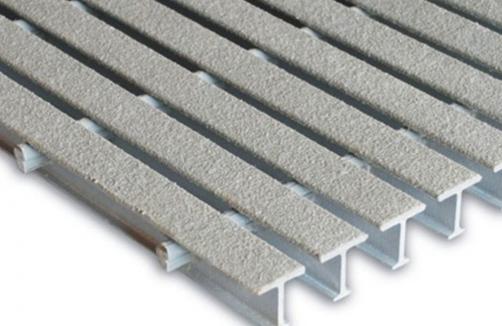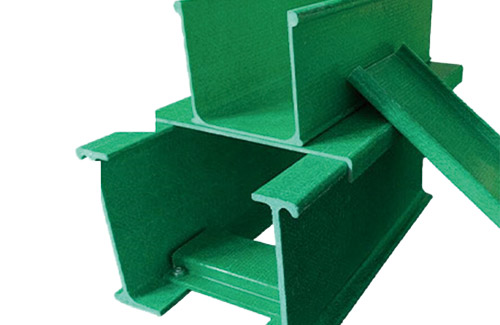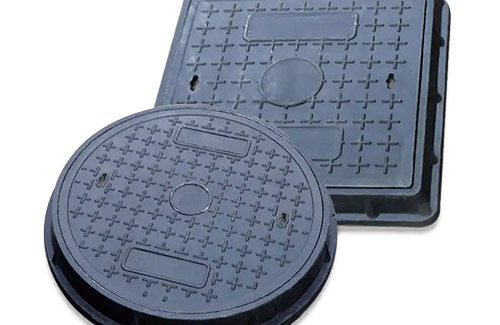The signboard we refer to is a signboard marked for visual effects. In concept, it should be called a signboard. Due to people referring to plate signs as the shape of signs, they gradually gained the nominal meaning of real signs through communication between the East and the West.
Signboards are classified by shape
1. Horizontal: The entire market share is relatively long horizontally. Generally, the entire surface is used as a sign. It can generally be seen on the walls of small shops and large constructions.
2. Vertical: The entire share is relatively long vertically. Generally, the entire surface is used as a sign.
3. Bulge: Outstanding on the wall surface of a building, where both sides are used as advertising carriers for signage, except for the reverse side. For example, a three sided flip sign.
4. Ground pillar shape: a horizontal, vertical, and three-dimensional identification sign marked on certain fixed structures on the ground
5. Rooftop style: Refers to the installation of fixed structures on the roof of a building, and the hanging or pasting of board shaped, square shaped, or magical identification signs on them.
Signboards are classified according to information
1. Lubrication sign: The screen or surface of the board is oily and very lubricating.
2. Nightlight data signboard: Use a nightlight data signboard (commonly known as a neon light).
3. Acrylic Signboard: Use acrylic material as the main material for the board surface. For example, "McDonald's acrylic label"!
4. Metal signage: In the absence of a specific board surface, metal is used as the main material for the board surface or text of the signage, and metal is used as the main carrier for identification.
5. Electric light board signboard: Use light-emitting diodes or night light tubes to achieve monochromatic or colorful display effects. According to the light-emitting diodes and their manifestation methods, they can be divided into five major varieties: night light panels, LCD, LED, CRT, FDT, etc.
Road Traffic Sign: A graphical symbol that displays traffic regulations and information on the way. It can provide a vivid, detailed, and concise expression of traffic regulations, as well as express content that is difficult to describe in words. It is a device used to handle traffic, indicate driving directions, and ensure smooth traffic and safe driving. Applicable to highways, urban roads, and all specialized highways, it has a legal nature and must be followed by vehicles and pedestrians.








